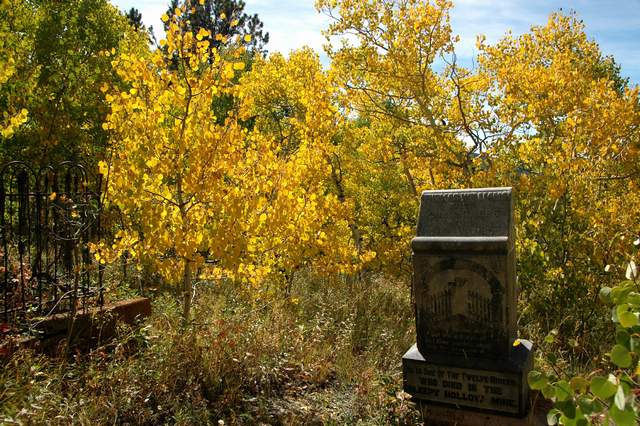
|
|
September 4, 1895 The Perry Bulletin, Perry Iowa DROWNED IN A MINE Fifteen Men Lost Their Lives. Lower Workings of the Sleepy Hollow Mine Near Central City, Colo., Aug. 31-Thirteen miners in the Sleepy Hollow mine were working yesterday afternoon in the drifts, when suddenly a torrent of water came streaming down the shaft, and, sweeping debris before it, choked up the entries and passageways, entombing the workmen. The Italians working above were caught in the mighty rush of the flood, and they, too, were sacrificed. The report of the disaster was brought to Central City by a courier, and men rushed to the rescue. The pumps that drain portions of this great burrow may beat down the flood and uncover a portion of the property, but this will be of no avail to the workmen who were caught there. The damage to the adjacent mining property will be large. There are over 1,000 men employed on leases in the vicinity as well as upon portions of the Bobtail property, and the returns have been a great factor in swelling the total gold output in Gilpin county. This disaster will stop work for a time, and may result in the abandonment of much of the paying territory. Not in years has so much work been done in that district. Extensive machinery has been set up and the outlook was bright for further development. The names of the miners thus caught are: N. Vegano, Thomas Williams, H. Brockenbrough, Thomas Corbis, A. Nozoro, J. Harris, William Thomas, S. Vallero, O. Pronz, John Parks, H Prisk and son. The two Italians in the Americans and an unknown man complete the list. The body of H. Prisk was recovered. The sounding of the whistle gave the first signal of disaster, and soon the shaft building of the Sleepy Hollow mine was so crowded with the families and relatives of the imprisoned miners and those anxious to render assistance that it was almost impossible for the work of rescue to proceed. Deputy Sheriff W.T. Williams finally arrived on the ground, the building was cleared, and practical mines offered their services in lowering the bucket. The greatest depth attained was 330 feet, the accumulated gas forced up by the rising water being such that a candle would not burn at a greater depth. A second effort was was made, a larger sized safety lamp having been placed in the bucket. The rescuer who first descended in the bucket was forced to stop at the 330 foot level. On reaching the surface he was in an almost insensible condition. Other volunteers went down afterward, but were not successful in reaching a lower point in the shaft owing to the rising water. |